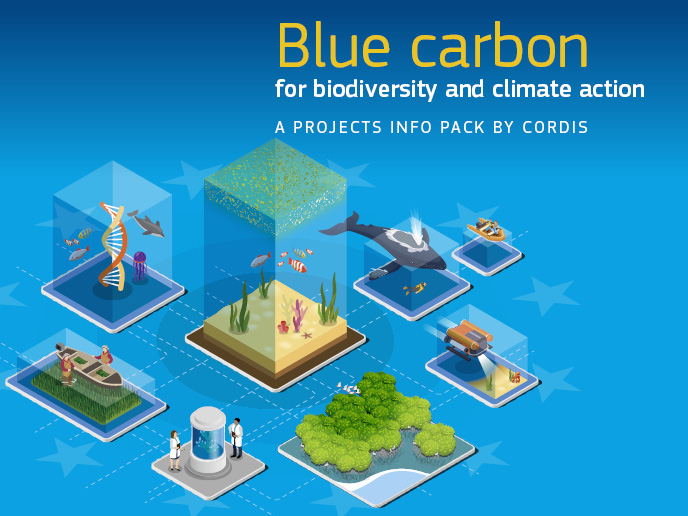Ecology of sugarcane pests in Australia
The Australian greyback cane grub (Dermolepida albohirtum) is the most devastating sugarcane pest in the country. As sugarcane is such an important food and energy crop, improved pest management is crucial. Funded by the EU, the ECOGRUBS project aimed to assess how the landscape affects the movement and breeding of D. albohirtum. The information will help improve pest management strategies and reduce the unnecessary use of pesticides. Researchers used tools such as satellite imaging, geographic information systems software and radio tracking to understand the distribution ecology of D. albohirtum. In addition, they created a database of trees on which the adult insects preferentially feed. The project found that the insects do not travel far between sugarcane fields and feeding trees, which mostly grow along the banks of rivers. Thus, researchers concluded that pesticide treatment could be limited to just 200 metres into the sugarcane plantations and still be effective. ECOGRUBS has contributed to overall knowledge on the greyback cane grub, particularly in terms of its movement and feeding habits. These findings will aid pest management and decrease pesticide application.







